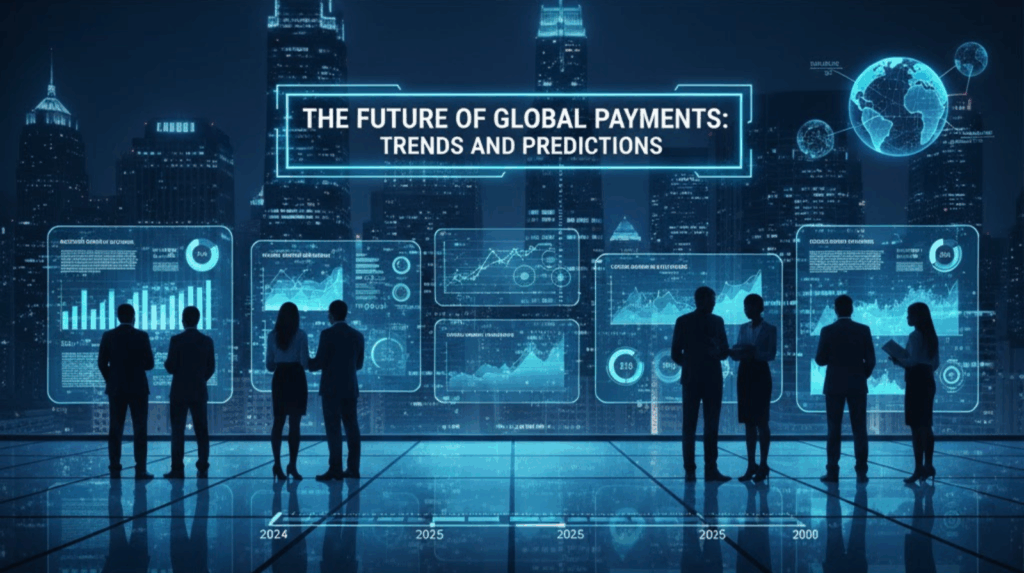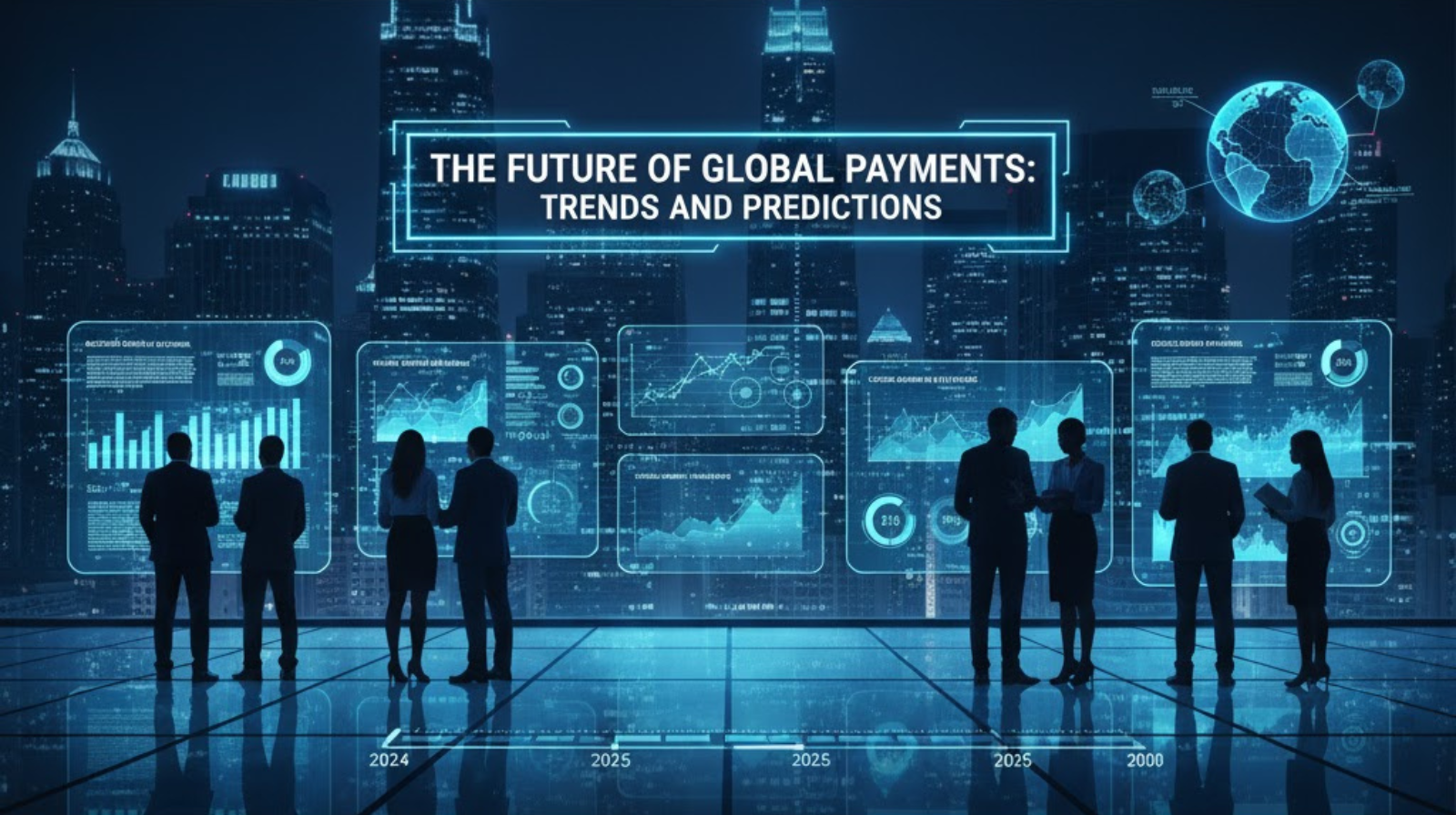The Shifting Global Payments Landscape
Global payments are no longer limited by physical borders, legacy infrastructure, or slow settlement times. Digital transformation, new business models, and rapid consumer shifts have compelled organizations to adopt smarter, faster, and more secure solutions. As businesses respond to these pressures, several breakthroughs are leading the charge into a new payments era.
Six Payment Trends Transforming 2025
According to industry leaders and survey data, six trends dominate the 2025 landscape:
- Artificial Intelligence delivers early wins.
- Unified commerce integrates digital channels and backend operations.
- Embedded payments make a major B2B leap.
- Digital identity now means digital security.
- Point-of-sale (POS) systems become comprehensive service hubs.
- Advanced payment orchestration streamlines management and fraud reduction.
These trends illustrate how payments are becoming more intelligent, interconnected, and secure.
Artificial Intelligence: Driving Payment Innovation
AI is no longer just a buzzword; it is producing tangible results across payments, ecommerce, and fraud prevention.
- Small businesses are leveraging AI to automate transactions, predict cash flows, and improve fraud detection.
- Large enterprises focus on data privacy but see major efficiency gains in transaction management.
Expert Insight: With AI-driven tools, transaction errors dropped by nearly 40% in top fintech firms in 2025.

Unified Commerce: Integration for Seamless Experience
Customers want a frictionless experience, often via social media or search engines. Unified commerce platforms are helping merchants connect every channel—online, offline, mobile—while tying together inventory, payments, and customer data into one seamless ecosystem.
Key benefits include better insights, real-time data access, and harmonized customer journeys.
Embedded Payments: The B2B Revolution
Embedded finance is shifting from consumer applications to B2B marketplaces and enterprises.
- Automated billing, instant payments, and client portals mean companies manage cash flow and client relationships more efficiently.
- Embedded payments also support subscriptions, pay-per-use models, and complex supply chain financing structures.
Case Study: Leading logistics platform reduced billing overheads by 60% using embedded payment solutions in 2025.
Digital Security: The New Identity
Digital payments call for robust security and trust. Next-gen identity platforms—combining biometrics, blockchain, and risk scoring—are now essential for preventing fraud and improving compliance.
Privacy and safety are at the forefront, with businesses deploying advanced systems to ensure only authenticated transactions succeed.
POS Evolution: Beyond Checkout
The point-of-sale isn’t just about taking payments anymore:
- New POS hubs deliver analytics, customer profiles, loyalty programs, and AI-optimized inventory management.
- Staff can provide a tailored experience and manage operations proactively.
Businesses benefit from centralized data and smart automation, setting a new standard for retail and hospitality service.
Payment Orchestration: Efficiency and Fraud Reduction
Payment orchestration platforms allow companies to:
- Route transactions through the best processor for cost and speed.
- Consolidate multiple payment providers and methods, reducing complexity.
- Apply rule-based fraud detection and compliance checks in real time.
Such platforms are expanding in sophistication, with fraud attempts declining and consumer satisfaction rising.
Case Studies: Real-World Impact
Fintech Example:
A multinational electronics company implemented AI-driven fraud prevention, decreasing chargebacks by 18% in the first six months.
Retailer Example:
A global retailer switched to unified commerce, which led to a 33% increase in mobile sales and a 15% drop in abandoned carts.
Challenges Ahead: Regulation & Security
As payments become more digital and borderless, regulatory demands intensify.
- Compliance with GDPR, PSD2, and emerging global standards requires adaptable tech stacks.
- Cybersecurity threats are ever-present. Businesses must invest in regular audits, staff training, and advanced monitoring.
Expert Tip: Verified digital identity and secure orchestration are not optional—they are fundamental to reputation and longevity in global commerce.
Predictions: What’s Next for Payments?
- Proliferation of AI agents will automate even more of the payment lifecycle.
- Embedded payments will get smarter with data analytics, creating predictive cash flow models.
- Digital identity verification will integrate with government and private sector systems.
- Cross-border payments will reach near real-time settlement and lower fees, unlocking new trade opportunities.
Businesses that adapt quickly to these trends will capture new markets, reduce risk, and delight clientele with simple, secure payments.
FAQ: The Future of Payments
Q1: What is payment orchestration?
Payment orchestration is the process of managing multiple payment methods and providers through a single platform, improving efficiency and fraud detection.
Q2: How will AI impact payment security?
AI automates fraud prevention and compliance, detecting threats faster and reducing false positives.
Q3: Is digital identity verification mandatory?
Increasingly, yes. Regulations and consumer trust require businesses to use secure, verified identities for transactions.
Q4: What benefits do embedded payments offer?
Embedded payments automate billing, speed up payment cycles, and help businesses offer flexible solutions like subscriptions or pay-per-use.
Q5: How do unified commerce platforms help retailers?
They integrate all customer interactions—online, mobile, in-store—into a single ecosystem for seamless service and better data insight.

